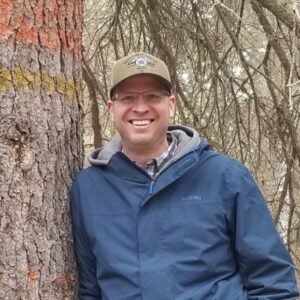Theme 6 aims to design and field test the most promising silvicultural approaches that will be needed to implement the CSF (Climate Smart Forestry) and FCN (Functional Complex Network) strategies studied in theme 1-5. The selected sites will become both a testing ground for these approaches, but also demonstration sites to showcase various silvicultural approaches aimed at adapting forest to climate change and increasing their resilience.
In particular, we will focus on three types of treatments : First is the manipulation of the soils and the composition of tree species of forest stands. The goal of such treatments will be to favor the natural regeneration of the tree species with key functional traits whose abundance in the stand we want to increase. These treatments will create canopy openings of different size and intensity to allow more or less light to reach the ground, but they will also act on the soil of the forest to favor some species among others. Second is what we call enrichment planting, which aims to increase the functional diversity and resilience of the forests treated by planting species with key functional traits. We will test the planting of species from more southern provenances, but also of species not present in the research site. Thirdly is the test of mono and pluri-specific plantations, to see if the juxtaposition of fast-growing and slow-growing trees in plantations might perform better than the use of only one species while planting.






